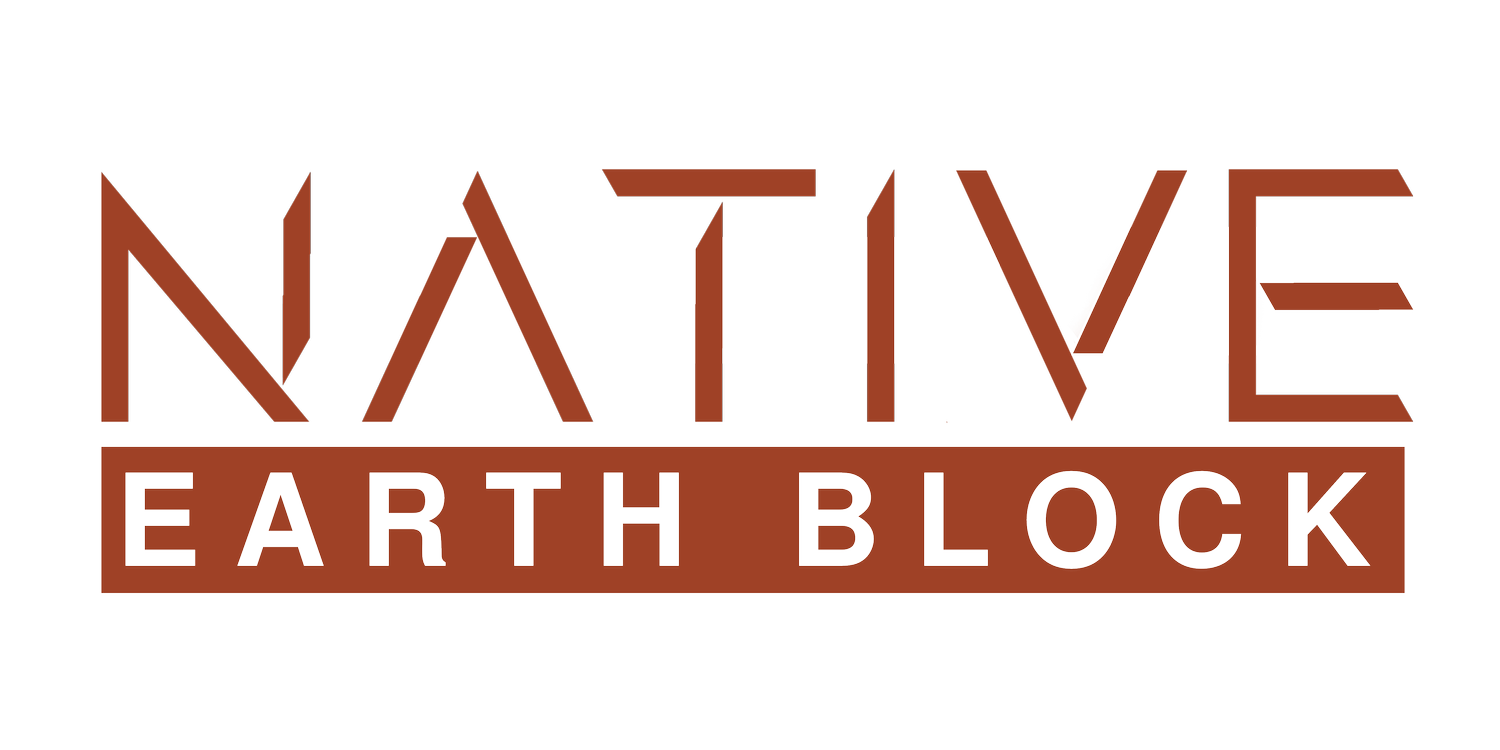Rammed Earth vs. Earth Blocks: Unveiling the Distinctions
In the realm of sustainable construction, earth-based building materials have garnered significant attention for their environmentally friendly attributes and timeless appeal. Two prominent contenders in this arena are rammed earth and earth blocks. While both share the foundation of utilizing the Earth's resources, they have distinct characteristics that set them apart. In this blog post, we'll explore the key differences between rammed earth and earth blocks, shedding light on their unique qualities and applications.
Rammed Earth: Solidity in Layers
Rammed earth, an ancient building technique, involves compacting a mixture of damp earth, gravel, and sometimes stabilizers into formwork to create solid walls. The process typically includes layering the material in thin increments and tamping it down to achieve compaction. The result is a sturdy, monolithic structure with a distinct earthy appearance.
Key Attributes of Rammed Earth:
Aesthetic Appeal: Rammed earth structures showcase the natural beauty of the Earth's colors and textures. The exposed layers create a visually appealing, organic look that resonates with nature.
Thermal Mass: One of the remarkable qualities of rammed earth is its thermal mass, which allows it to absorb, store, and release heat slowly. This contributes to stable indoor temperatures and energy efficiency.
Durability: Properly constructed rammed earth walls can stand the test of time, often lasting for centuries with minimal maintenance.
Earth Blocks: Modular Building Blocks
Earth blocks, also known as compressed earth blocks (CEBs), are manufactured by compressing a blend of earth, sand, and stabilizers into block-shaped forms. These blocks can vary in size and are designed to interlock, simplifying construction and enhancing structural integrity.
Key Attributes of Earth Blocks:
Modularity: Earth blocks offer a modular approach to construction, enabling builders to create walls and structures with consistent dimensions. The interlocking design eliminates the need for mortar, speeding up the building process.
Versatility: Earth blocks can be used to construct a wide range of structures, from residential homes to community buildings. Their standardized size and shape facilitate design flexibility.
Speed of Construction: Building with earth blocks can be faster compared to traditional brick or stone construction, thanks to their pre-formed shape and ease of assembly.
Comparing Rammed Earth and Earth Blocks:
Construction Process: Rammed earth involves layer-by-layer compaction within formwork, while earth blocks are pre-formed and assembled in a modular fashion.
Aesthetic: Rammed earth showcases layered textures, while earth blocks present a more uniform appearance due to their standardized shape.
Construction Speed: Earth blocks generally offer a quicker construction process due to their modular nature.
Thermal Properties: Both materials possess excellent thermal mass properties, contributing to energy efficiency and comfort.
Flexibility: Earth blocks provide greater design flexibility with their modular units, whereas rammed earth might require more intricate formwork for complex designs.
Rammed earth and earth blocks each bring their own unique attributes to the realm of sustainable construction. Rammed earth showcases a solid monolithic beauty, while earth blocks offer versatility, modularity, and quicker construction. Choosing between the two depends on factors such as design preferences, construction speed, and regional suitability. Regardless of the choice, both methods reflect a harmonious integration of modern needs with the age-old wisdom of building with the Earth.

